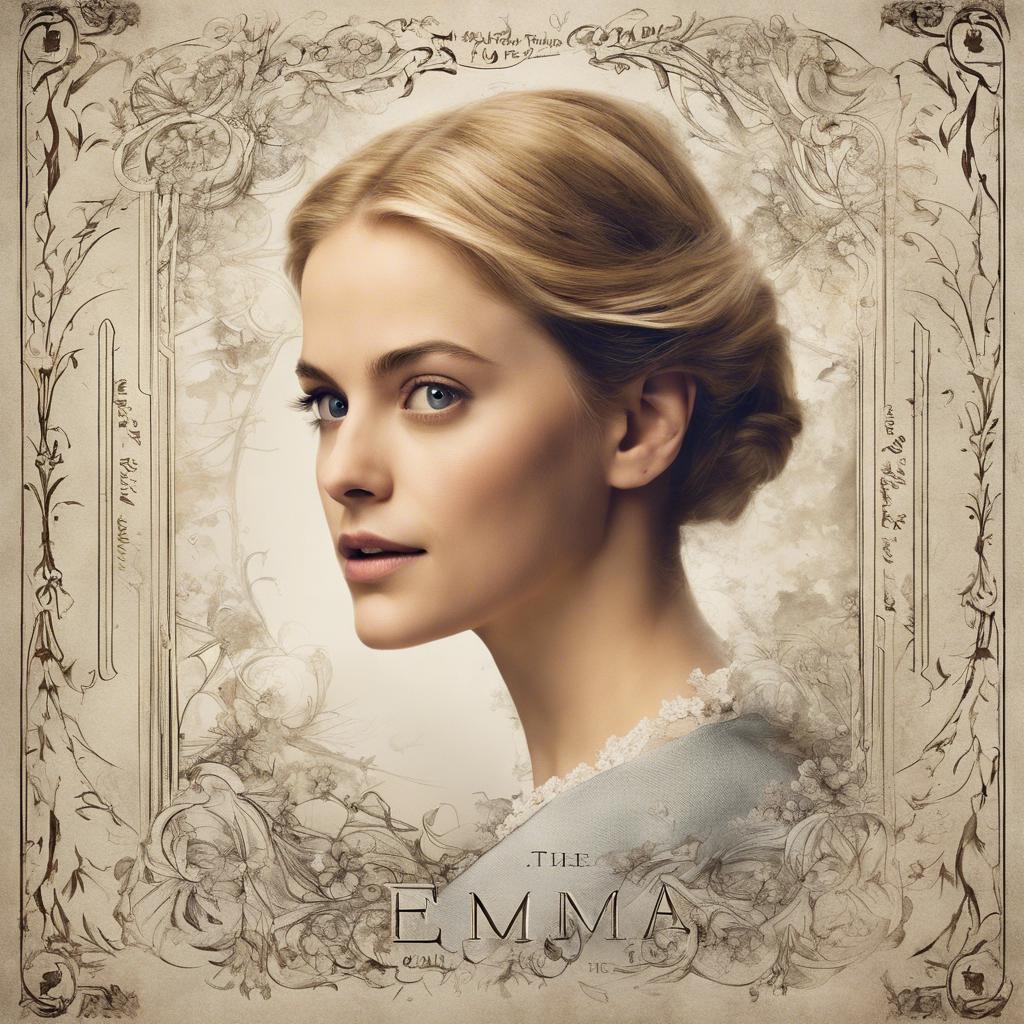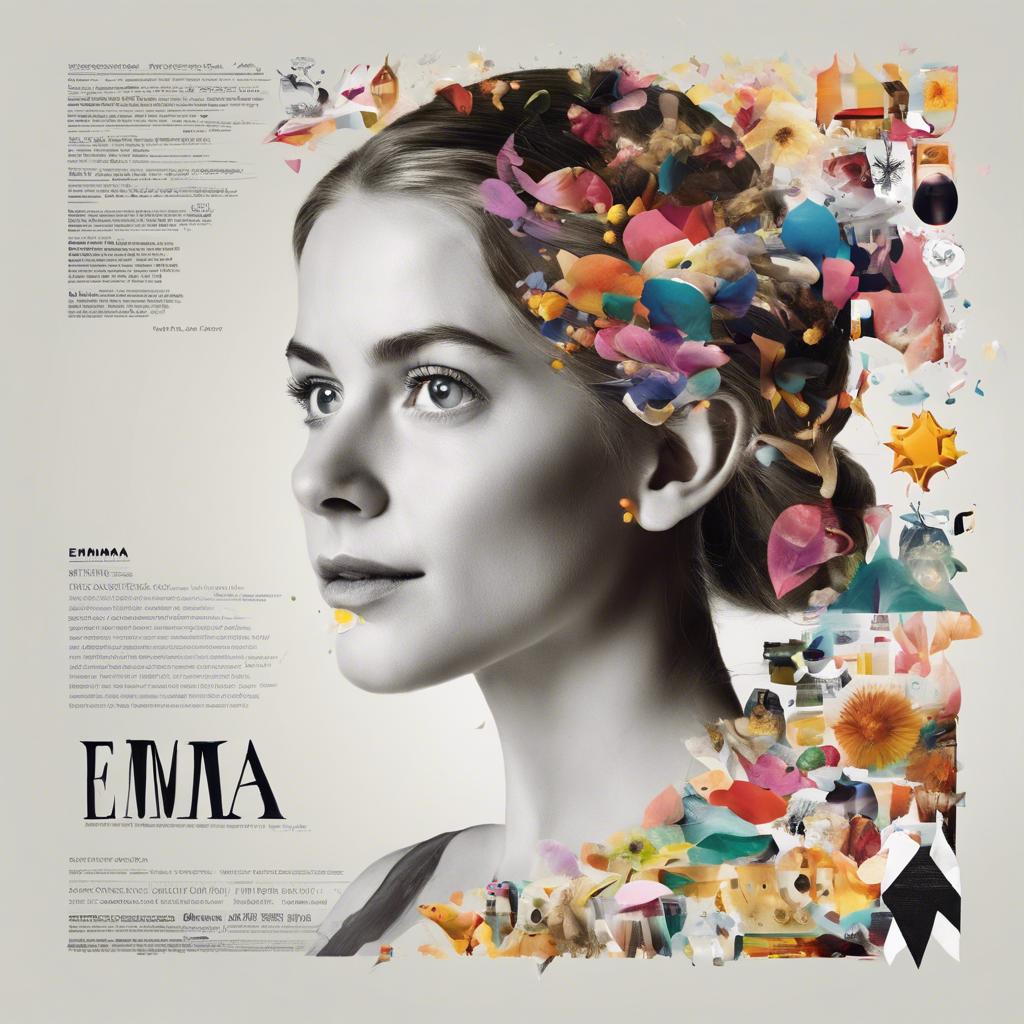Since its original publication in 1815, Jane Austen’s novel “Emma” has captured the hearts of readers with its wit, charm, and timeless themes. It comes as no surprise, then, that numerous adaptations of this beloved work have graced the screen over the years. One such adaptation is the 1996 film “Emma,” directed by Douglas McGrath. In this article, we will delve into the historical context surrounding the making of this cinematic gem, exploring its production, reception, and lasting impact on audiences. Join us as we embark on a journey back in time to explore the world of “Emma” on the silver screen.
Step Into the World of Cheryl Bolen
Dive into the enchanting stories of love, intrigue, and elegance set in the Regency Era. Cheryl Bolen's novels offer timeless romance and captivating tales that will leave you wanting more.
Explore Cheryl Bolen's Books Now
Title: Unveiling the Timeless Charm of Emma Movie
In the 2020 adaptation of Jane Austen’s classic novel, ”Emma,” director Autumn de Wilde brings to life the timeless charm of this beloved story. Set in the early 19th century English countryside, the film captures the elegance and wit of Austen’s writing, while adding a fresh and modern twist.
The character of Emma Woodhouse, portrayed brilliantly by Anya Taylor-Joy, shines as a complex and endearing heroine. Her matchmaking antics, misguided at times, reflect the societal norms of the era while also showcasing her growth and self-discovery. The supporting cast, including Johnny Flynn as Mr. Knightley and Bill Nighy as Mr. Woodhouse, add depth and humor to the narrative.
With its lush cinematography, exquisite costumes, and enchanting score, “Emma” is a visual delight from start to finish. Each scene is meticulously crafted to transport the audience back in time, immersing them in the opulence and grandeur of Regency England. Whether you’re a fan of period dramas or simply appreciate a well-told story, “Emma” is a must-see film that captures the essence of Austen’s work.
Exploring the Intricate Character Development in Emma
Emma is a timeless tale that delves deep into the complexities of character development, particularly focusing on the protagonist, Emma Woodhouse. Throughout the movie, viewers are taken on a journey of self-discovery as Emma navigates the intricate web of relationships in her small English village. Each character she encounters plays a crucial role in shaping her growth and understanding of the world around her.
One of the most compelling aspects of Emma’s character development is her evolution from a naive and somewhat meddlesome young woman to a more mature and self-aware individual. As the story unfolds, we see Emma grapple with her own flaws and insecurities, ultimately leading to a greater sense of empathy and humility. This transformation is beautifully portrayed on screen, thanks to the talented cast and skillful direction.
Moreover, the film’s attention to detail in capturing the nuances of Regency-era society adds another layer of depth to Emma’s character arc. From the elaborate costumes to the grand estate settings, every element of the movie transports viewers back in time, immersing them in the world of Jane Austen’s beloved novel. The result is a truly immersive experience that highlights the timeless themes of love, class, and personal growth.
Analyzing the Captivating Costumes and Set Design of Emma Movie
Set in 19th-century England, the film Emma dazzles audiences with its meticulously crafted costumes and set design. The attention to detail in both elements transports viewers back in time to the elegant and opulent world of the Regency era.
The costumes in Emma are a visual feast, with rich fabrics, intricate embroidery, and period-appropriate silhouettes. From Emma’s prim and proper dresses to Mr. Knightley’s tailored coats, each ensemble reflects the character’s social status and personality. The vibrant colors and luxurious textures further enhance the allure of the costumes, making them an integral part of the storytelling.
Complementing the exquisite costumes is the stunning set design of Emma. The grand country estates, lavish ballrooms, and quaint village scenes are meticulously recreated to capture the essence of Jane Austen’s world. Every room is filled with ornate furniture, delicate china, and lush floral arrangements, transporting viewers to a bygone era of elegance and romance. The attention to historical accuracy in both costumes and set design truly elevates the visual appeal of Emma and immerses audiences in the world of Austen’s beloved novel.
Expert Recommendations for Understanding the Subtle Nuances of Emmas Adaptation
In order to truly understand the subtle nuances of the adaptation of Emma, it is essential to delve deep into the historical context of Jane Austen’s original novel. By familiarizing yourself with the societal norms, class dynamics, and cultural expectations of early 19th century England, you will gain a greater appreciation for the complexities of the characters and their interactions in the film.
Experts recommend paying close attention to the costume design in the movie, as it often serves as a visual representation of the characters’ status and personality. The intricate details of the clothing, accessories, and hairstyles can provide valuable insights into the social hierarchy and fashion trends of the time period, enriching your overall viewing experience.
Additionally, analyzing the language and dialogue used in the adaptation can offer valuable insights into the characters’ motivations and relationships. Pay attention to the clever wordplay, subtle sarcasm, and polite exchanges between the characters, as these nuances can reveal underlying tensions, desires, and hidden agendas that may not be immediately apparent.
In Retrospect
the film adaptation of “Emma” serves as a remarkable addition to the plethora of interpretations of Jane Austen’s beloved novel. The cinematic portrayal of Emma Woodhouse, with her wit, charm, and imperfections, truly does justice to Austen’s timeless character. As we reflect on the enduring legacy of both the novel and its various screen adaptations, we are reminded of the enduring power of Austen’s storytelling. Through the lens of this cinematic masterpiece, we continue to appreciate the complexities of human nature, relationships, and societal norms that Austen expertly navigated in her work. The “Emma” movie will undoubtedly stand the test of time as a faithful and captivating adaptation of one of literature’s most beloved classics.


